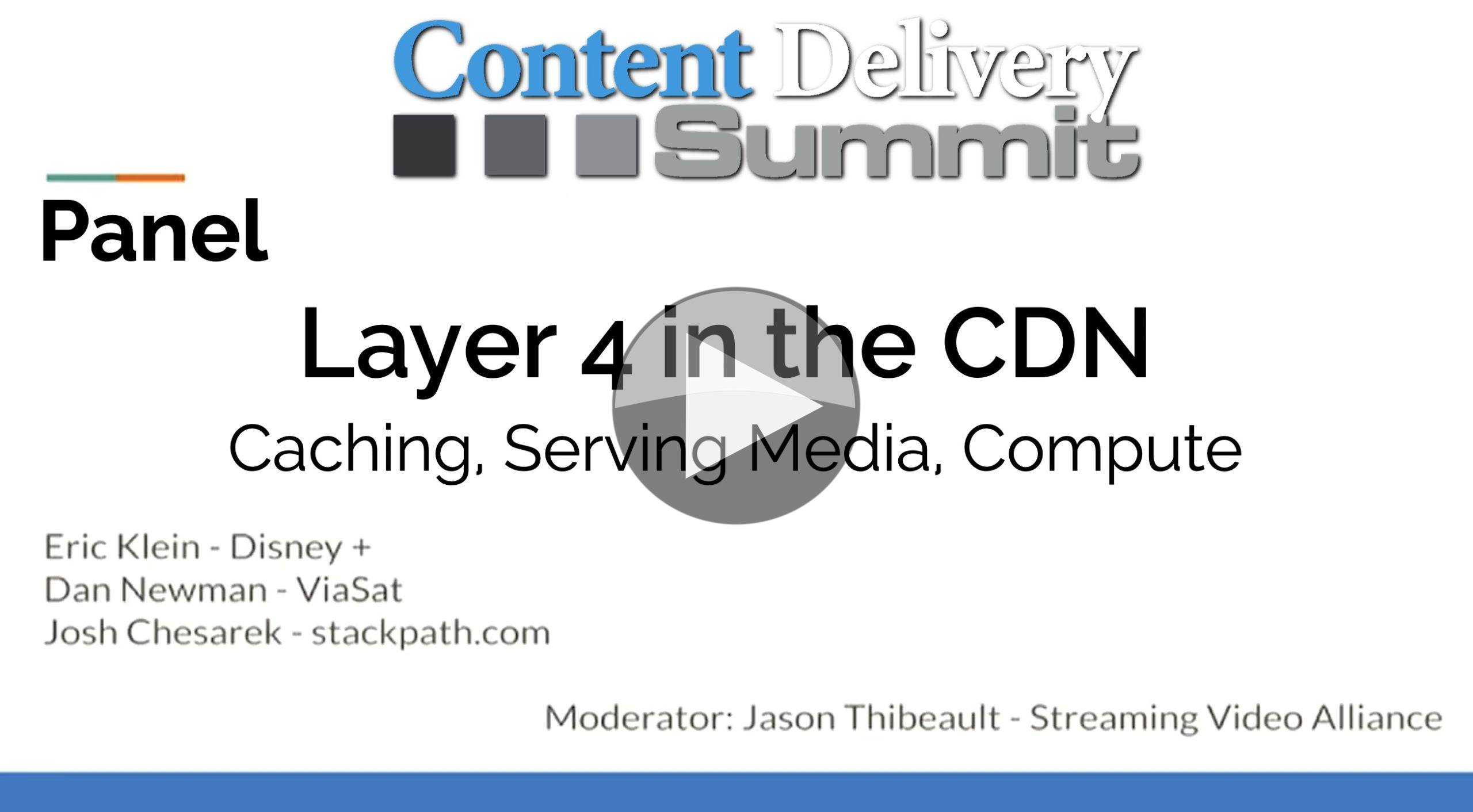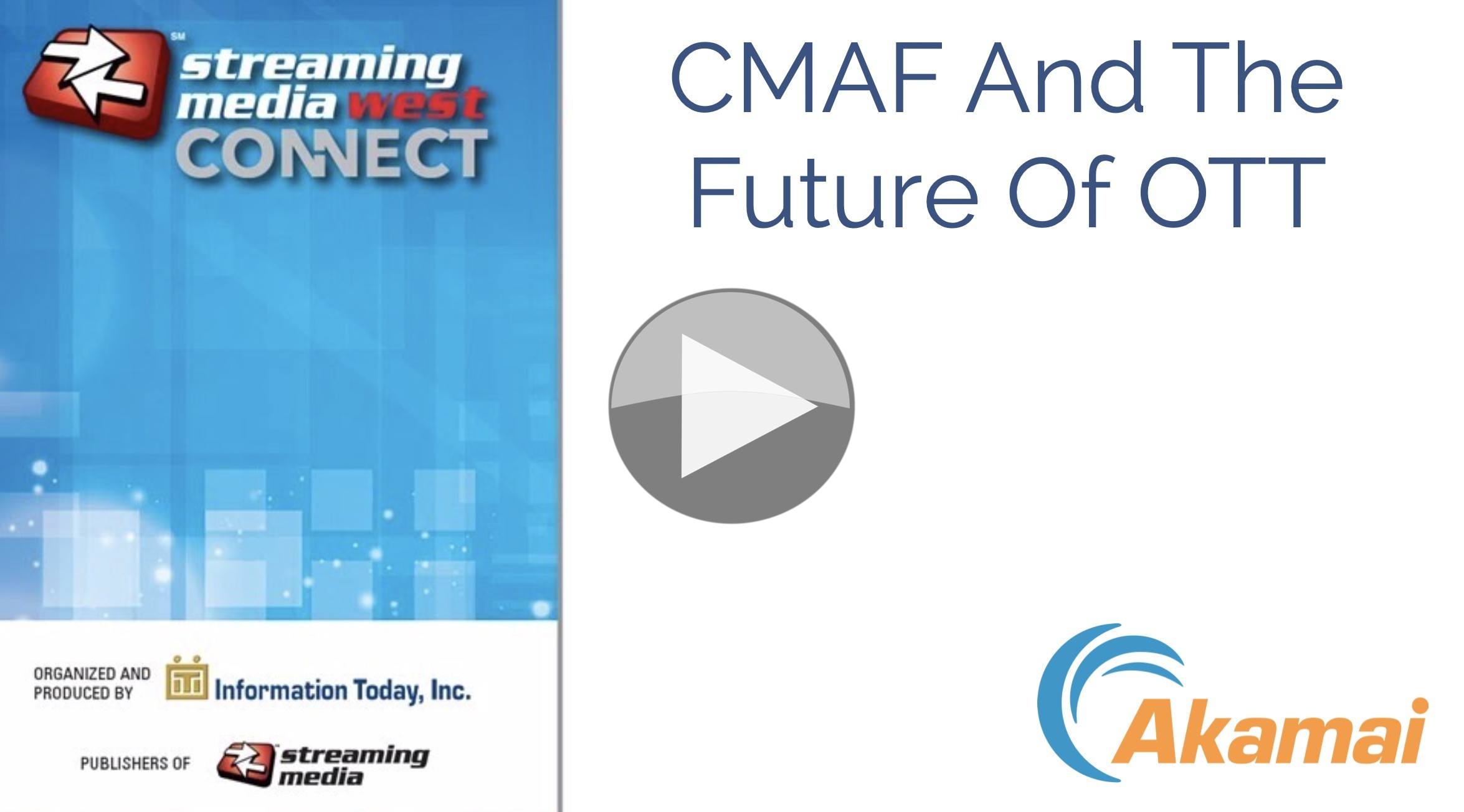Hiring is one of the most important things you will do in your company. Bad hires, at best, are a drain of money, time and opportunity costs. Good hires, on the other hand, can be incredible, long-term assets within your company. So when we have the new hire, we want to onboard them in the best way and continue giving them opportunities to learn and develop. This talk from Disney Streaming Services shares their progressive approach to developing engineers so they can handle the toughest moments when the production system is out of commission – AKA ‘the crucible’.
Alexanadria Shealy explains that teams are often made of people with a whole range of backgrounds, often people who are full of transferable skills, but with no specific from your exact domain. As teams grow, the team needs to constantly strive to onboard new people and bring them into the team both to work within the culture and to round off the skill set of the team at large.
Alexandria says their team has the best of intentions at all times and works hard to prevent any problems. As we all know, though, it’s impossible to prevent problems. “Scaling the software is easier than scaling the team,” she continues, and it’s best not to keep going back to the same people time and time again simply because they have become the experts as this isn’t scalable. The trick is to make the difficult things we do into something which is accessible for the inexperienced.
Kevin Fuhrman introduces ‘the crucible’ as a stressful place to be. It’s the time that you have a production outage which everyone is waiting to be fixed, and they’re repeatedly asking you when, and they’re watching you. But these fixes are never straight forward. They need a lot of focus and a lot of fault-finding. The stress of delivering under pressure adds to the stress of delivering under pressure. The crucible is not an easy place to be but is well known in broadcasters and streaming providers everywhere.
After your next outage, ask yourself how many of your staff would need to be on a bus travelling to their vacation before your team wouldn’t be able to handle it. In an ideal time, you’d have to have pretty much the whole team on holidays before you couldn’t deal with an outage. But many places know that if a few key people weren’t around, their ability to recover would be significantly compromised.
The advice from the Disney Streaming Services team comes in two packages. The first is taking care of onboarding your new colleagues. Looking for highly applicable tasks which have immediate relevance to them and will allow them to contribute quickly. They suggest giving new joiners a history lesson explaining why things are how they are. How did you choose the software your using, either the systems or the langauges. Explain what you would have preferred to do differently and better. This helps people understand what parts of the system they feel able to improve upon, in code as well as in workflow. It’s important, they explain, to help people spot the parts of the system which were put in because something was simply needed and the parts which are there due to a lot of thought and due diligence. Again, true of code as much as workflows.
We all know that mistakes are important in the learning process. One option laid out is to find parts of projects which are difficult enough to allow someone to dip their tow below the surface and to learn. The underlying point is not to shield junior members of the team from projects. In fact, heading a project with all your experienced engineers may be a way to deliver the project with low risk, but the cost of not investing in getting your less experienced team members involved will be paid when the project is delivered and needing support, maintenance and development. It also works against the interest of the less experienced individuals by reducing the speed at which they advance.
Alexandria and Kevin summarise by saying you should create and grow owners, rotate who is on the A-team, give everyone the chance to be in the crucible and share notes and experiences freely. The video finishes by remarking that the technology of today was built by us standing on the shoulders of giants. It’s important, therefore, that the giants of today remember to let people climb aloft.
Watch now!
Speakers
 |
Alexandria Shealy Director, Technical Project Management Disney Streaming Services |
 |
Kevin Fuhrman Staff Software Engineer, Disney Streaming Services |















